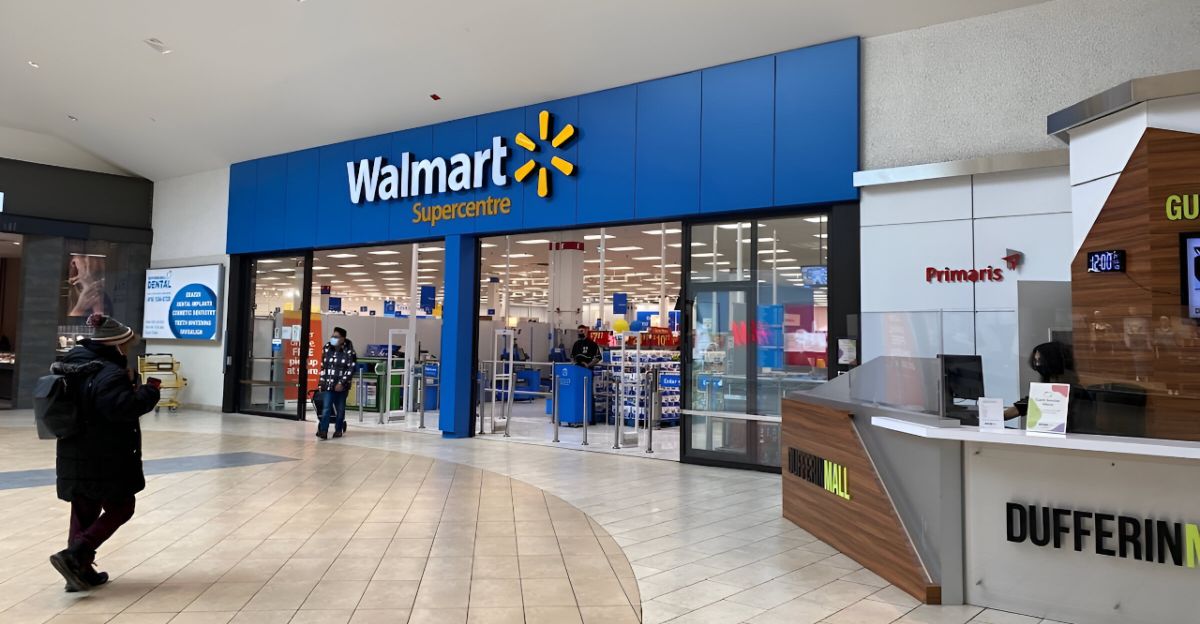
Remember that chilling 1978 horror scene where survivors wandered through a silent, zombie-filled mall? That eerie space—the Monroeville Mall near Pittsburgh—was more than a movie set. It was George A. Romero’s meditation on consumer culture in Dawn of the Dead.
In this place, shoppers became symbols of a nation hypnotized by consumption. Nearly five decades later, that same mall—once a cinematic shrine—is facing demolition by Walmart.
A Real Place with a Cinematic Past
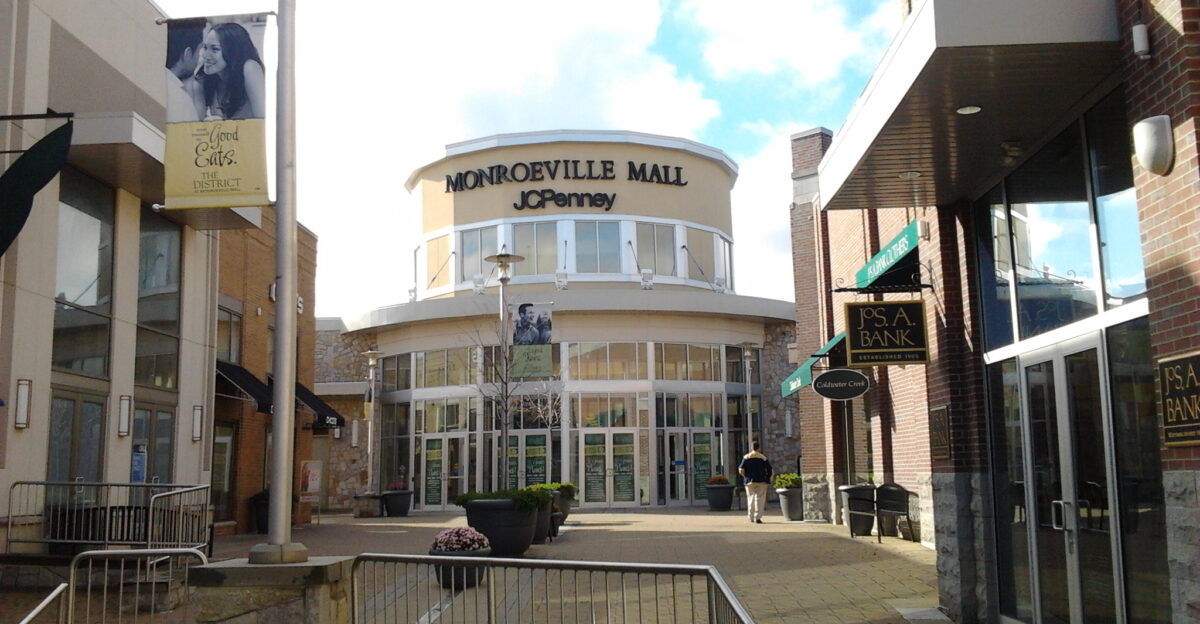
When Romero began filming, the mall was brand-new, a gleaming reflection of late-1970s optimism. He saw beauty in the symmetry, but also irony—the way people found comfort in fluorescent corridors filled with things to buy. “
It was the perfect metaphor,” he later said. Fans have since treated the site as holy ground, a living museum of horror history and the American dream colliding under one roof.
Now, a Different Kind of Transformation
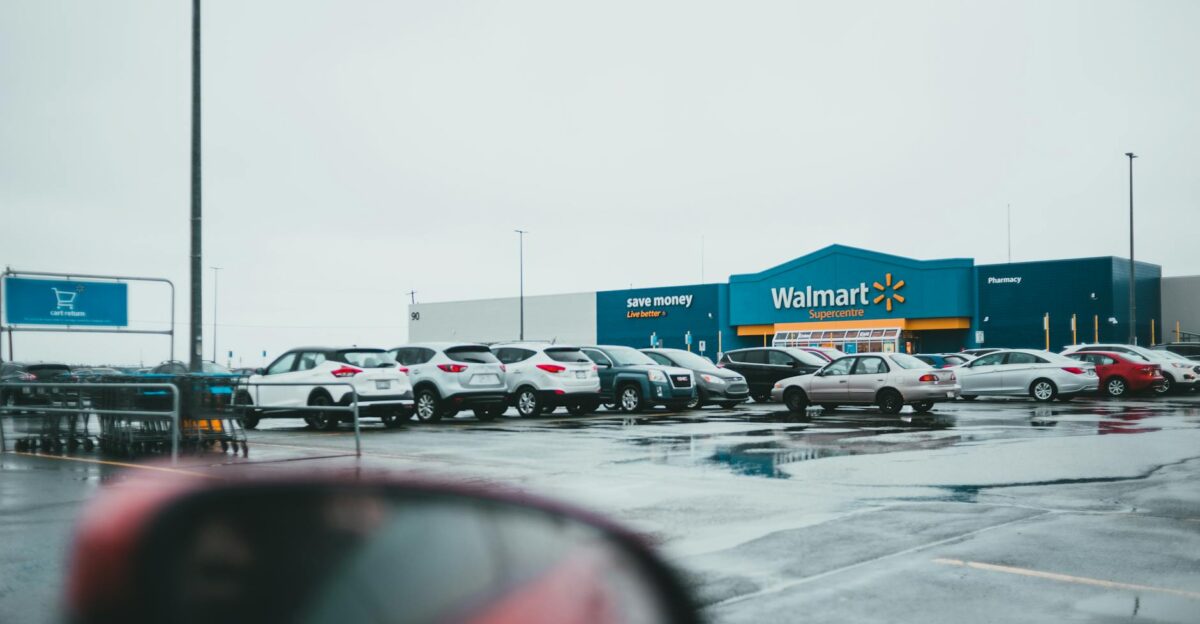
This year, Walmart confirmed it had acquired the 1.2-million-square-foot Monroeville Mall through its affiliate, South Saturn Ridge LLC, for $34 million. The company plans to tear it down completely and build a massive open-air shopping complex.
For locals, this news felt like the end of an era. A place that once defined suburban life—and cinematic imagination—will soon be reduced to rubble and rebar.
A Symbol of Change in the Suburbs
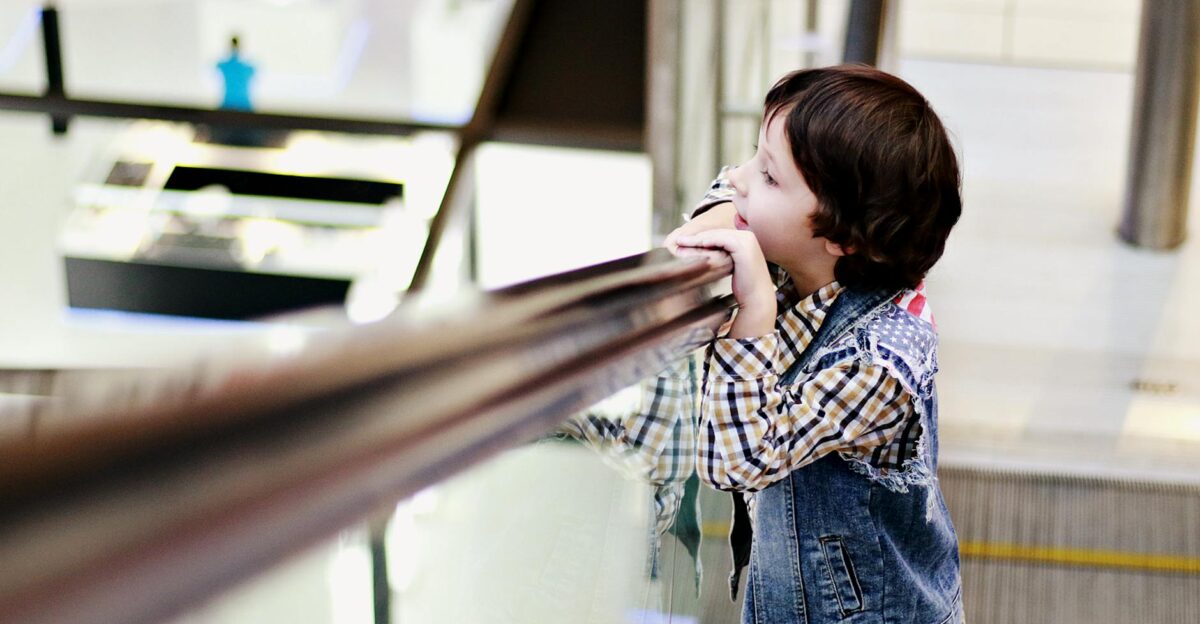
For decades, the Monroeville Mall was more than just a retail hub—it was where teenagers hung out after school, families gathered on weekends, and generations shared small milestones of ordinary life. But over time, the crowds thinned.
National brands left, the fountains dried up, and hallways echoed with vacancy. “It’s like losing a piece of yourself,” said longtime resident Janet Russo.
Romero’s Vision Still Haunts the Halls
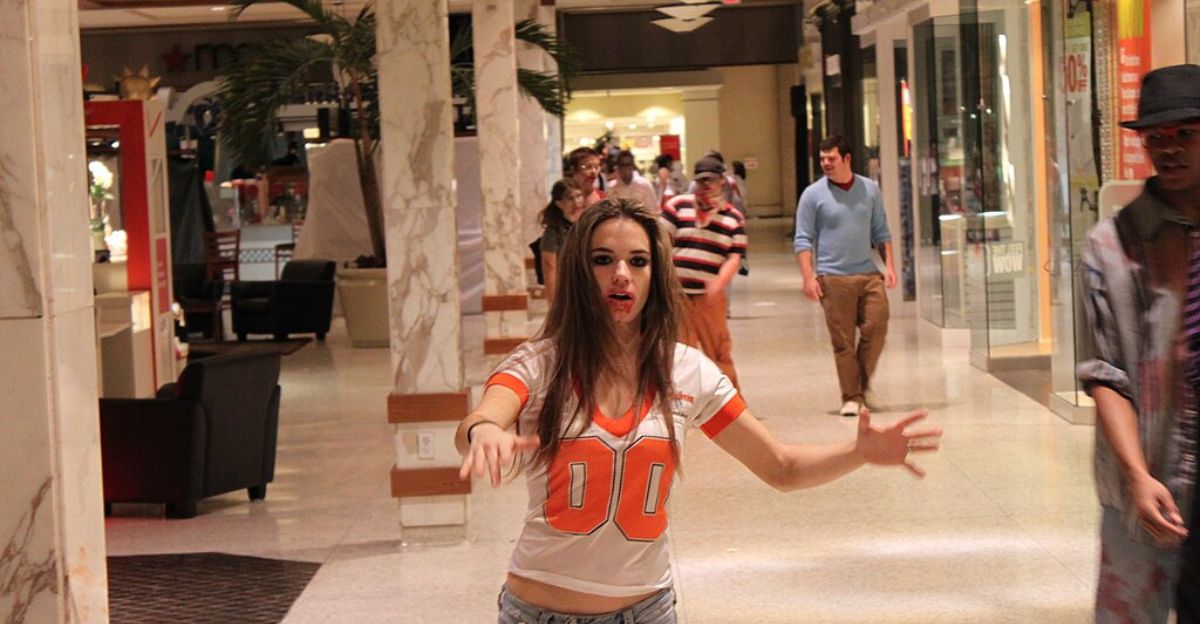
In Dawn of the Dead, Romero’s undead shuffled through this mall, drawn by faint memories of consumer comfort. “They just remember this place,” one character says. That haunting line has outlived the movie itself.
To walk through Monroeville today, past shuttered stores and flickering lights, is to feel that eerie connection: a real mall slowly turning into its own ghost story.
From Cult Classic to Cultural Landmark
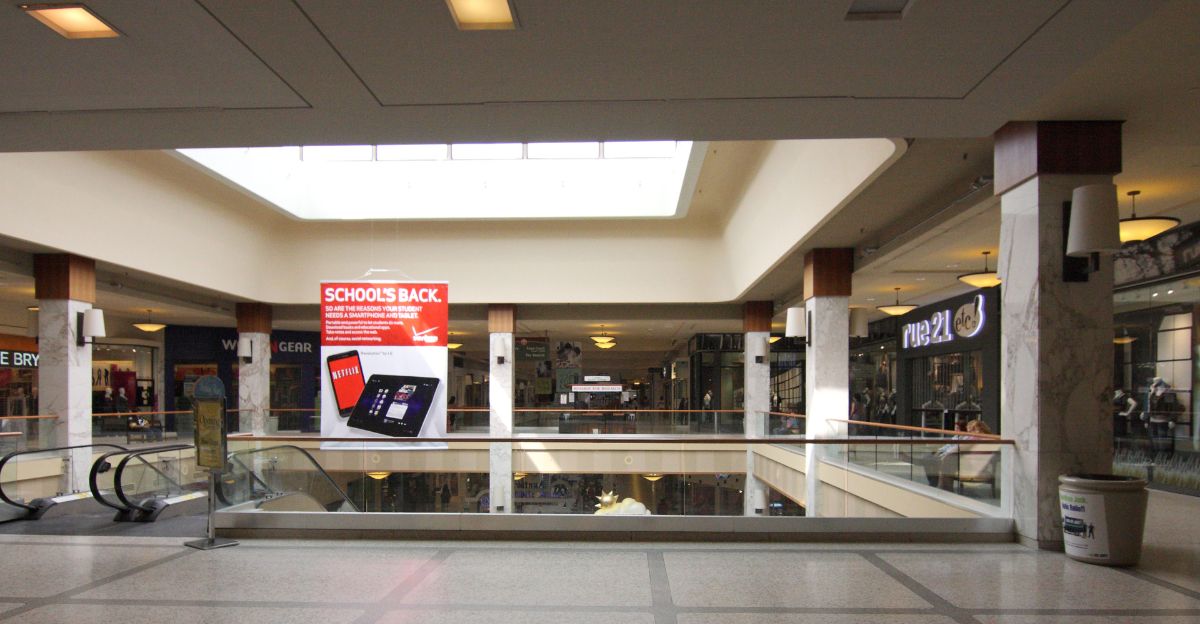
Over the years, Monroeville Mall has become a pop-culture pilgrimage site. Horror fans from as far as Japan and the U.K. flocked there to visit the Living Dead Museum inside its halls. Annual events like Living Dead Weekend celebrate Romero’s work where it was born.
Local officials estimate that “zombie tourism” pumped thousands into the local economy—proof that memory can be just as profitable as merchandise.
The Corporate Takeover Begins

Walmart says the redevelopment will create hundreds of jobs and transform the aging mall into a “modern retail and community destination.” The new plan, dubbed Monroeville Gateway, will include a Supercenter, Sam’s Club, restaurants, and open-air plazas.
“This is about revitalization,” Walmart spokesperson Mark Rickel said. But for many residents, revitalization sounds a lot like erasure—a familiar name replacing decades of identity.
Small Businesses Brace for Impact
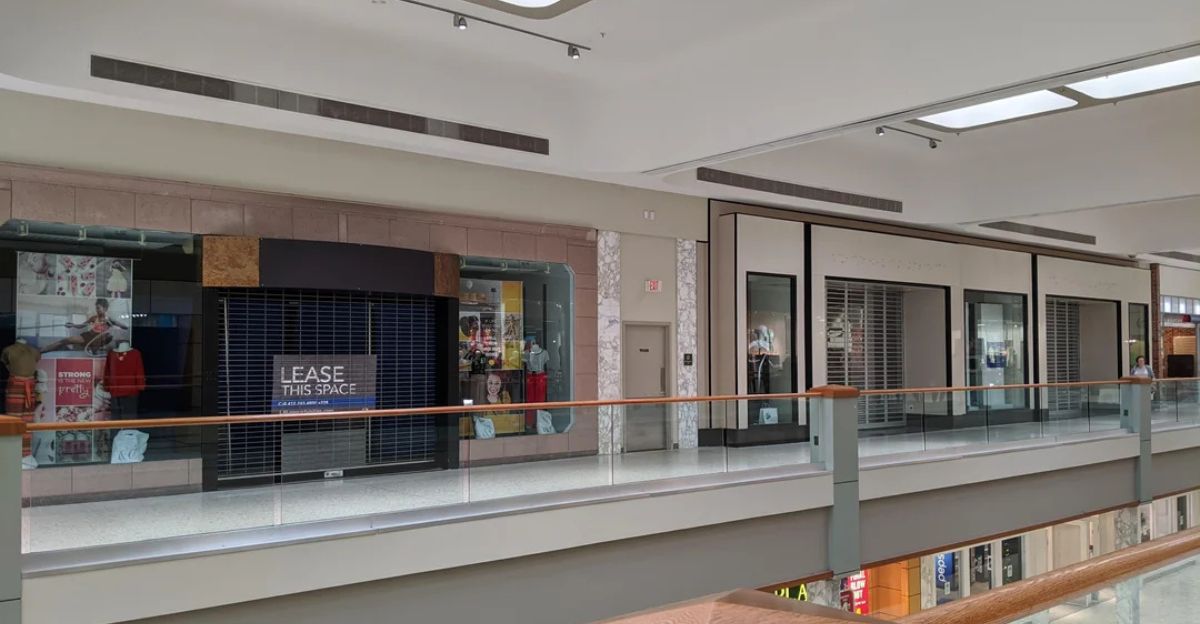
Inside the mall, more than 120 tenants have been told to vacate by 2027. Local shops like Saga Japanese Steakhouse and SpectroDolce Confectionery face relocation costs topping $1.5 million each. “We built our business around this community,” said shop owner Rick Murray.
Walmart has offered limited rent relief for early departures, but few believe it will offset the cost of rebuilding a life’s work elsewhere.
Residents Divided Over the Decision
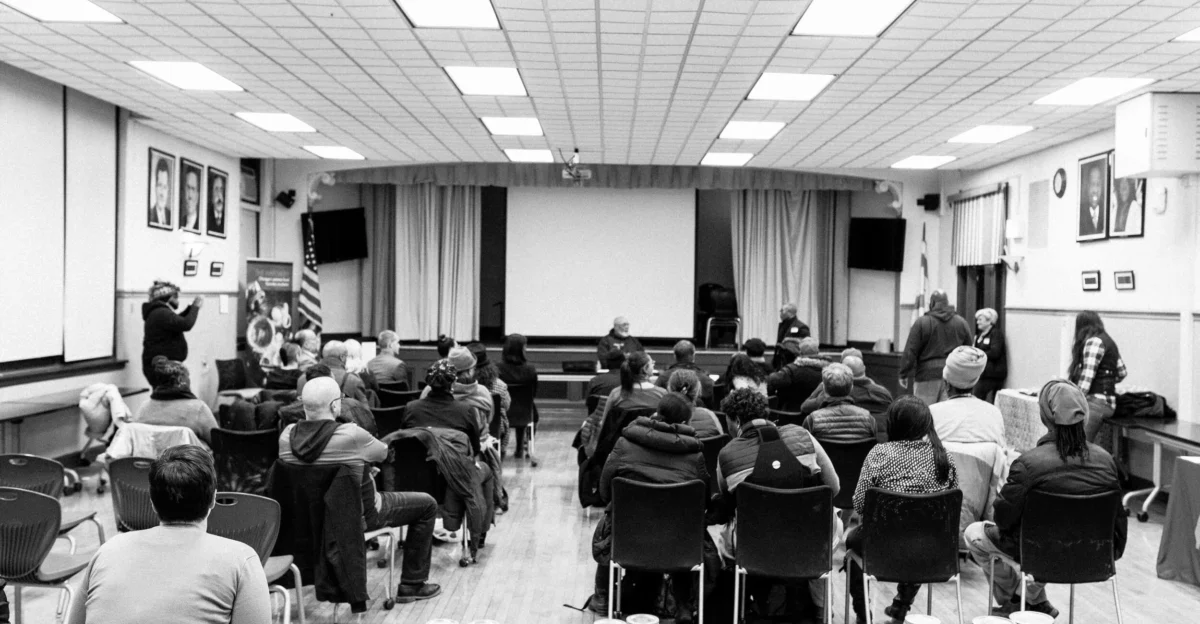
Public meetings have drawn emotional testimony. Some residents call the project a much-needed economic boost; others see it as cultural vandalism. “It’s hard to let go of a place that raised you,” said councilmember Rita Long.
Younger generations welcome the convenience, but longtime locals fear that the new development will strip away the soul that made Monroeville feel like home.
The Economic Argument
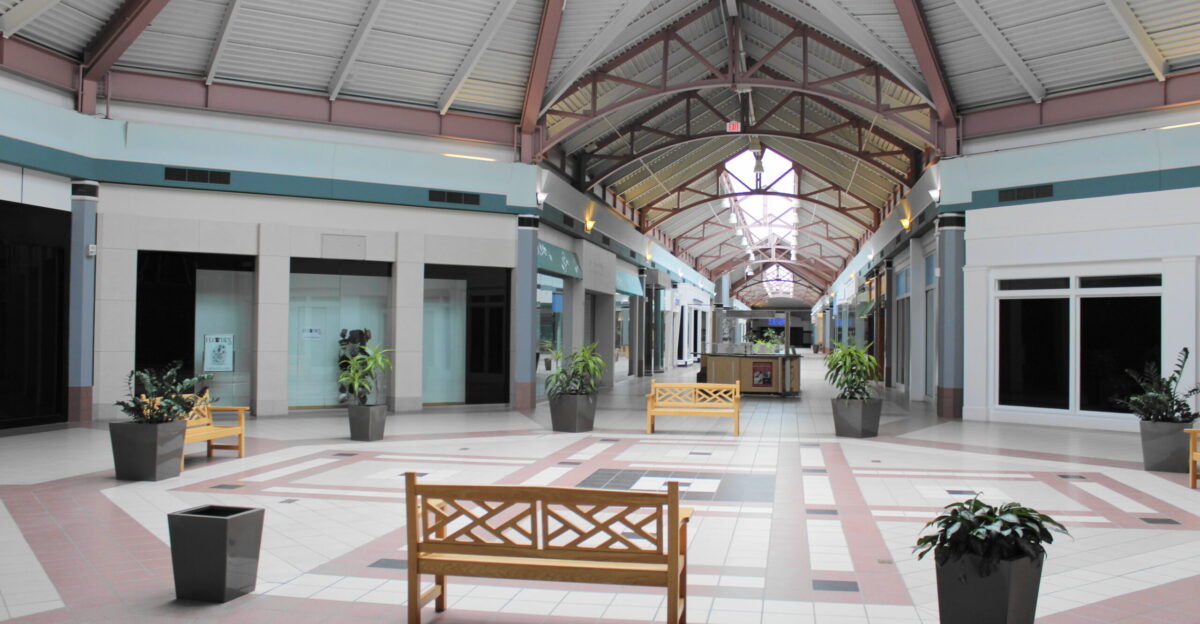
Analysts say enclosed malls like Monroeville’s have been in decline for years, victims of e-commerce and shifting consumer habits. Retail consultant Mark Sheldon noted that maintaining such vast indoor spaces “no longer makes financial sense.”
Walmart’s mixed-use concept—retail, dining, and entertainment in the open air—aligns with national redevelopment trends, offering efficiency, flexibility, and modern appeal where nostalgia once ruled.
Echoes of the Silver Screen
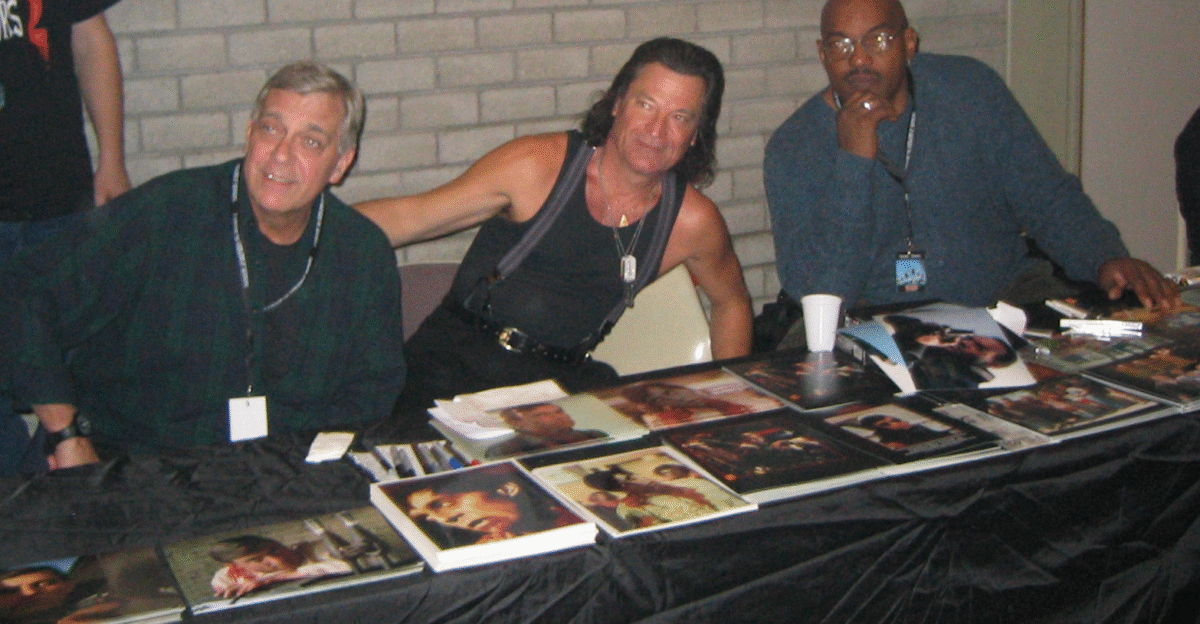
For movie historians, the loss runs deeper than commerce. “Few film sets have survived this long in their original form,” said critic Elaine Torrens. “The Monroeville Mall wasn’t just a backdrop—it was a living participant in cinematic history.”
She called the demolition “a sequel nobody wanted,” capturing the strange sadness of watching art’s physical legacy disappear into progress.
A Town Defined by Its Landmark
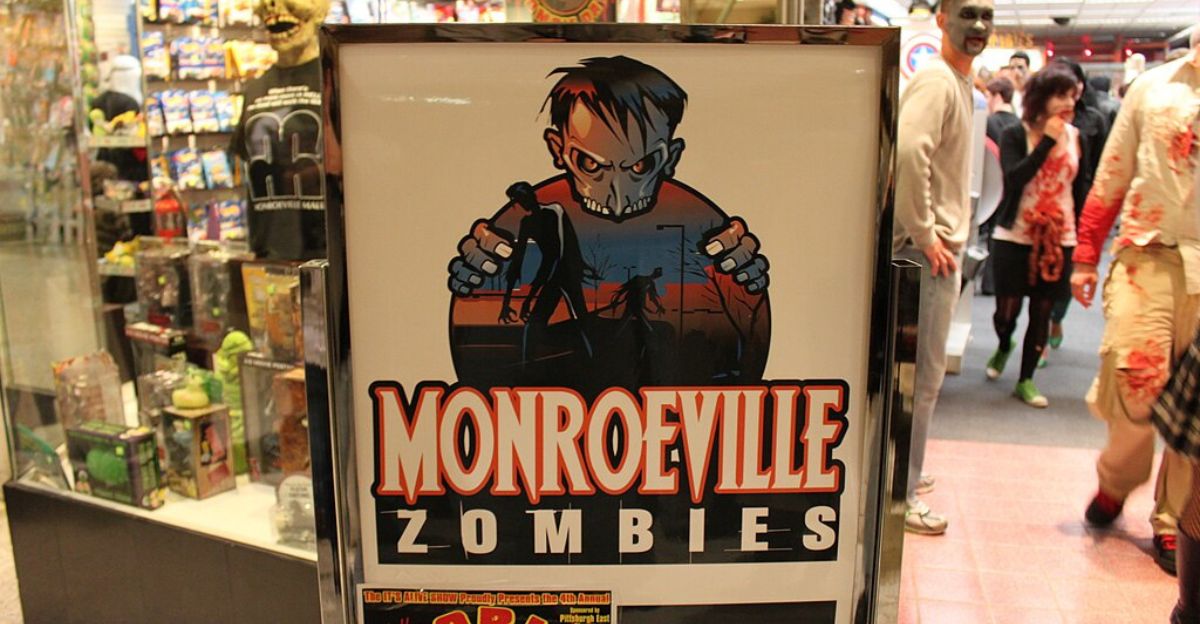
Before Dawn of the Dead, Monroeville was a quiet suburb on Pittsburgh’s outskirts. Afterward, it was immortalized as “the zombie mall.” That odd legacy became a badge of pride. Local tours, souvenir shops, and fan gatherings turned pop culture into small-town economy.
Losing the mall now feels like losing part of the town’s very name, an identity built between commerce and myth.
Fans Flock for One Last Look
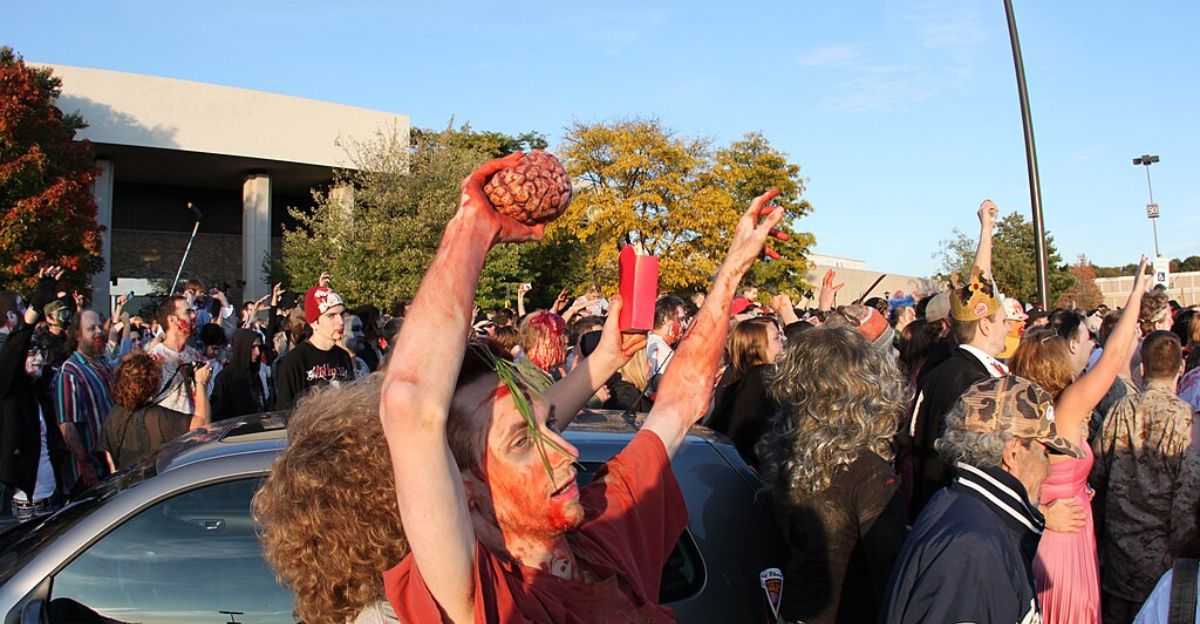
Since demolition rumors began, fans have been gathering at the site to take photos beneath its aging skylights. Some wear makeup and costumes inspired by the film. “We wanted to say goodbye,” said one visitor from Ohio, wiping tears behind blue zombie paint.
For these pilgrims, it’s not about shopping—it’s about honoring a story that helped shape their lives.
The Poetic Timing of Its Fall
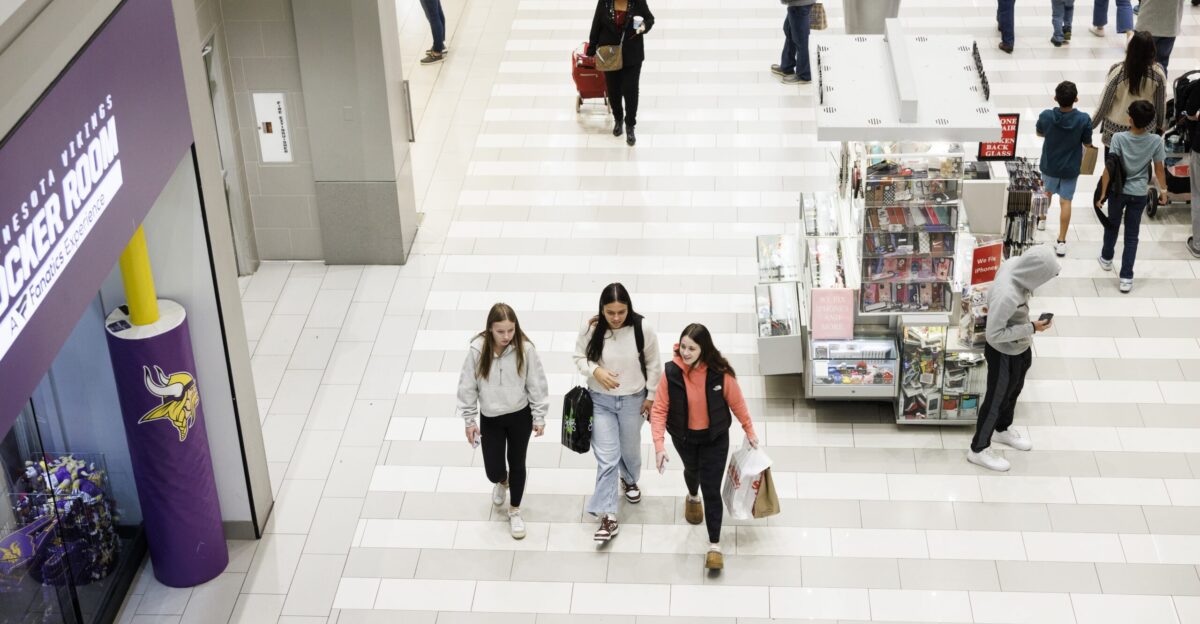
Romero’s Dawn of the Dead critiqued consumerism—how people, even in death, return to buy and consume. Now, the mall itself is being devoured by the world it once mocked.
“There’s poetry in that,” said film scholar David Klein. “It’s life imitating art in the most literal way possible.” Progress, he added, “never misses a good metaphor.”
A Corporate Promise of Renewal

Walmart has pledged to preserve some form of tribute to the site’s cinematic past, possibly a display or commemorative marker. “We know what this place means to people,” said Walmart representative Hannah Lewis.
The company frames the project as forward-looking—combining shopping, entertainment, and healthcare services. But locals worry that sentimentality rarely survives the profit margins of modern retail.
Memories Etched in Concrete
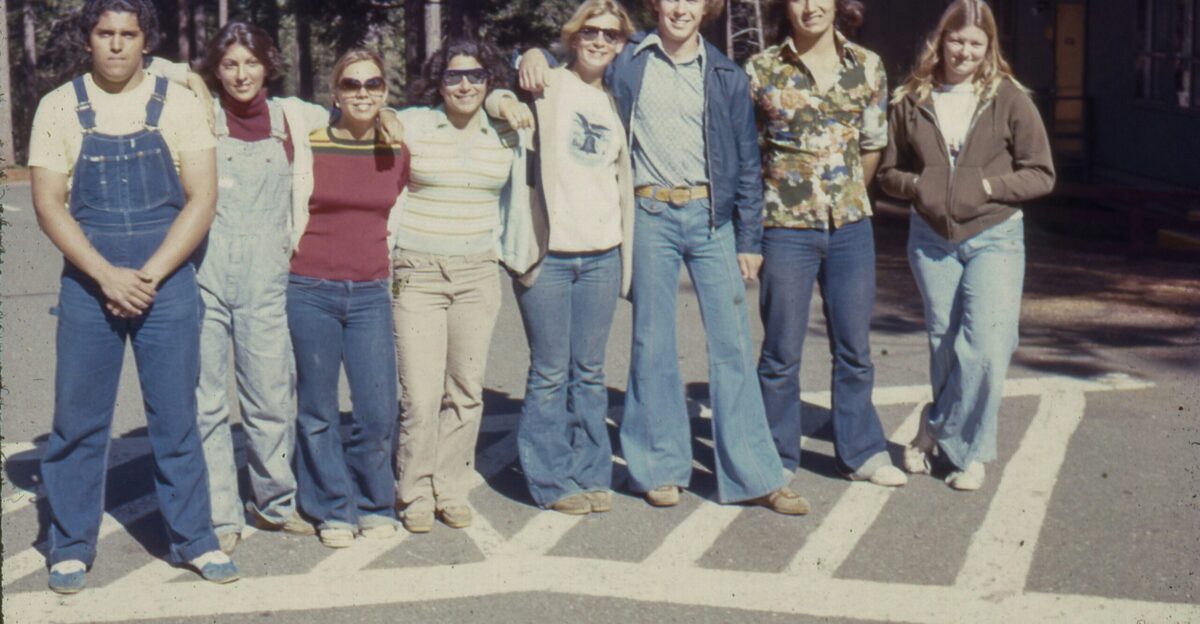
Former employees have been sharing photos and memories online—holiday crowds, first jobs, teenage first loves. “It was where life happened,” wrote one former cashier.
For decades, the mall offered more than goods; it offered belonging. Even when those walls crumble, those memories remain etched in the minds of people who grew up under its skylights and fluorescent glow.
A Lesson in What We Value
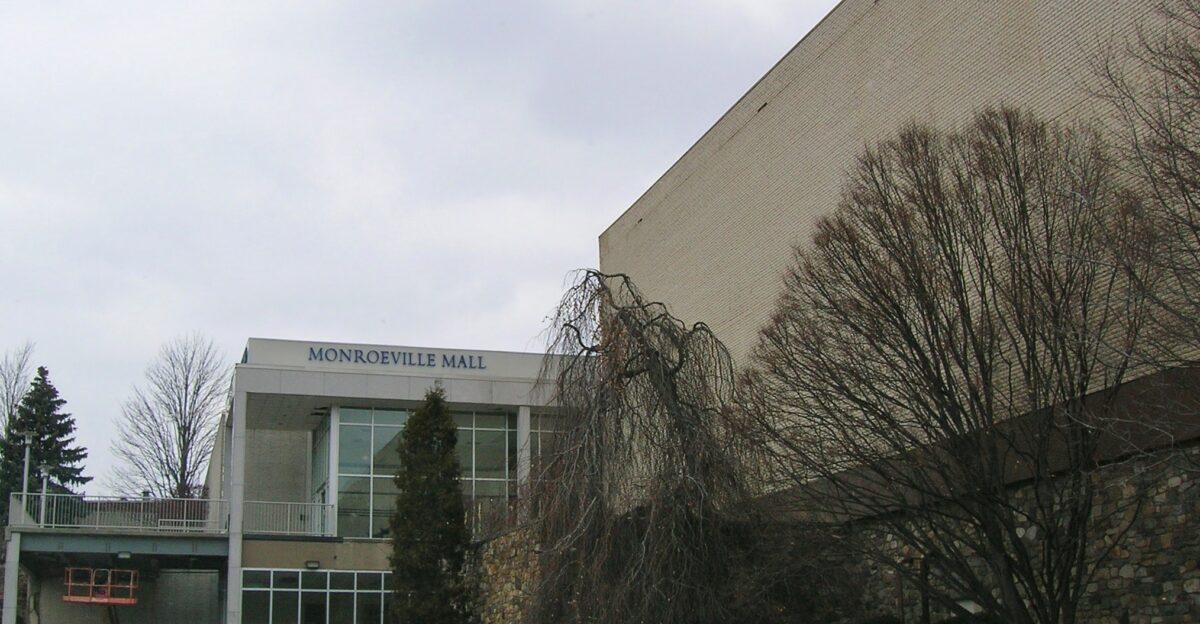
Sociologists call the Monroeville Mall story a study in economic evolution. “We build temples to consumption,” said Dr. Lena Gertz, “and when the gods change, we rebuild.”
Every shuttered store and torn-down corridor will be part of that cycle. The question now isn’t just what replaces the mall, but what kind of society demands its replacement in the first place.
Ghosts of the Escalators

Walk through the Monroeville Mall today, and you’ll still find signs of life—music drifting through quiet food courts and shop lights flickering against long corridors where echoes replace crowds. The mall isn’t gone yet; it’s waiting.
A ghost of its former glory, but one that still moves and breathes as the years tick toward 2027. Walmart plans to open those fading halls to the sky, creating a place designed to reconnect the community and revive the heart of suburban retail.
A Community at the Crossroads

For Monroeville, this redevelopment isn’t just about new stores—it’s about identity. Will it remain a suburb with a soul, or become another commercial complex indistinguishable from a hundred others?
“We’re not against change,” said Mayor Nick Gresock., “we just don’t want to lose ourselves in it.” The town now stands between remembrance and reinvention, its next chapter unwritten.
The Final Reflection: Progress and Its Price

Romero’s camera once turned the Monroeville Mall into a mirror of America’s consumer spirit. Now, that mirror will soon be shattered by bulldozers. Walmart’s new complex promises convenience, jobs, and growth—but only because something beloved must fall first.
The mall that once used to mock endless consumption will soon be consumed itself. In the end, progress demands its own kind of sacrifice.